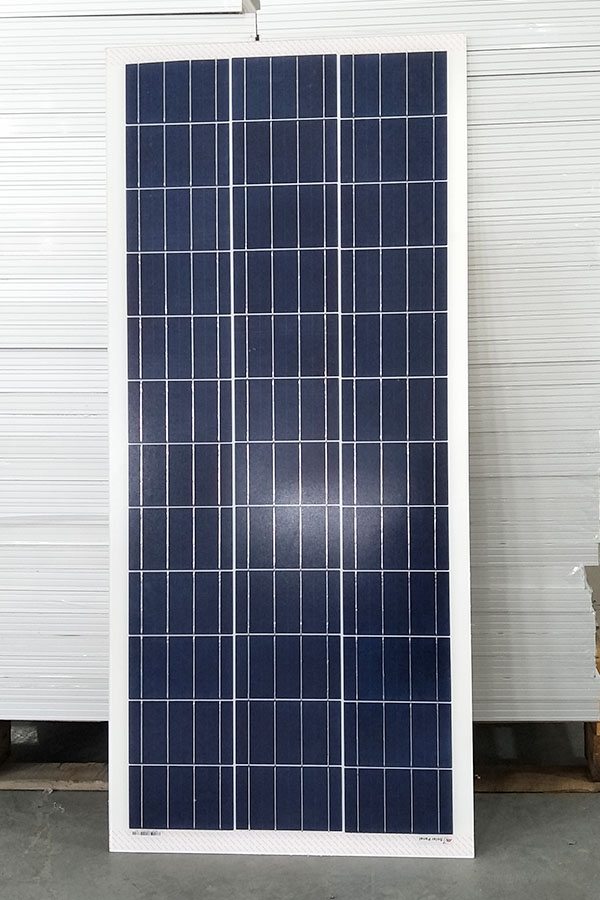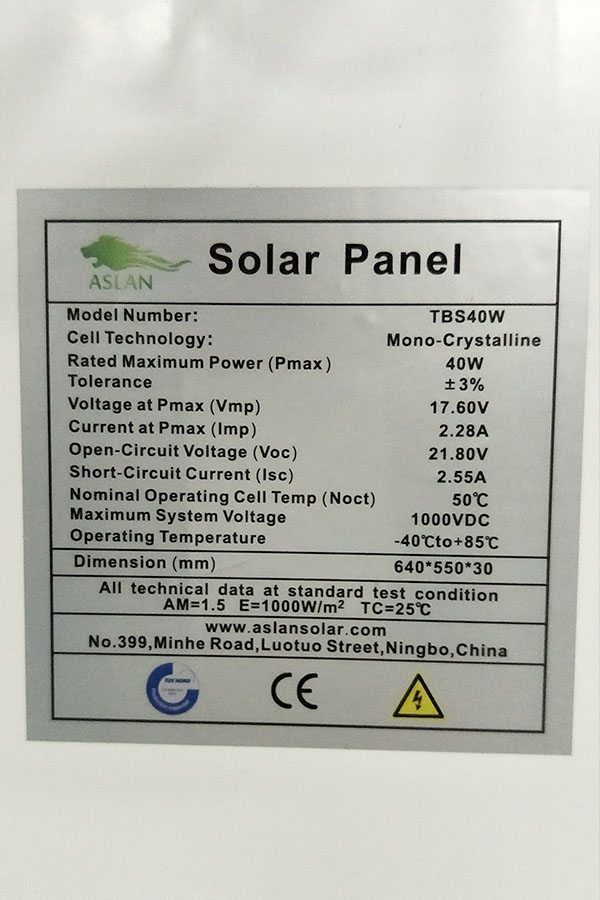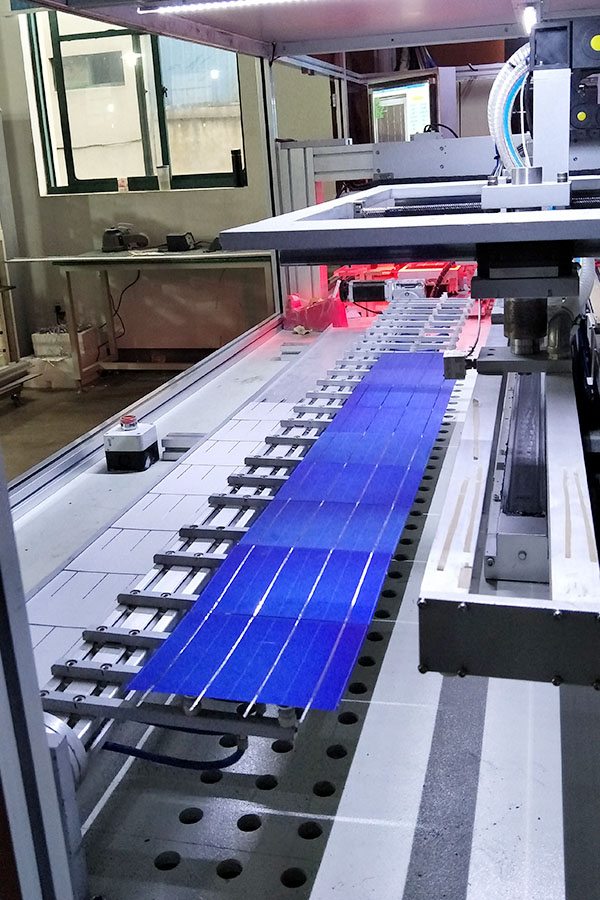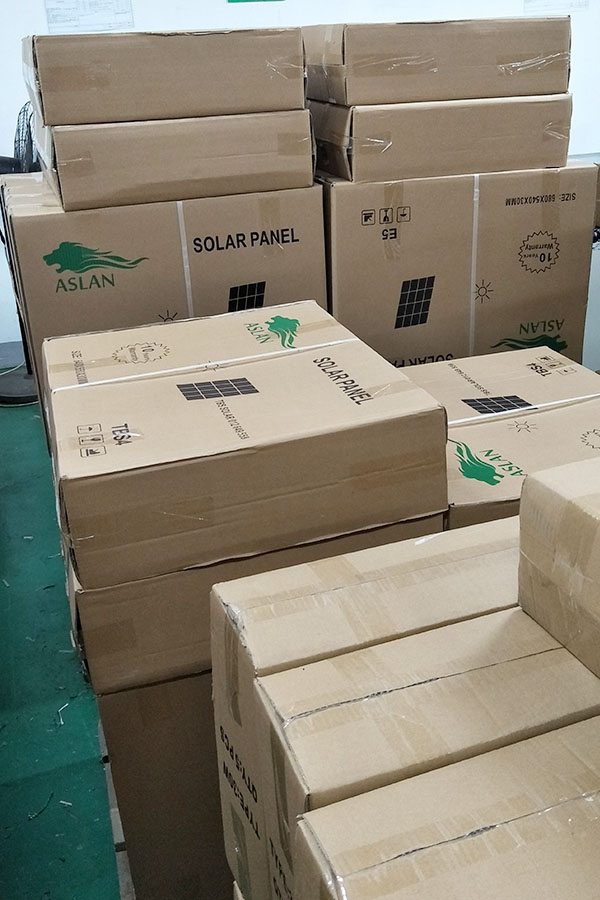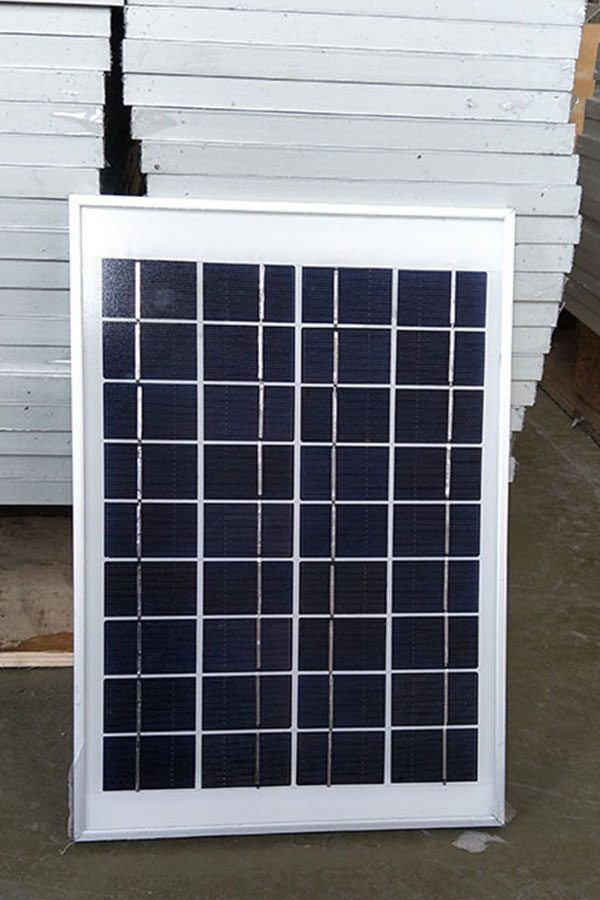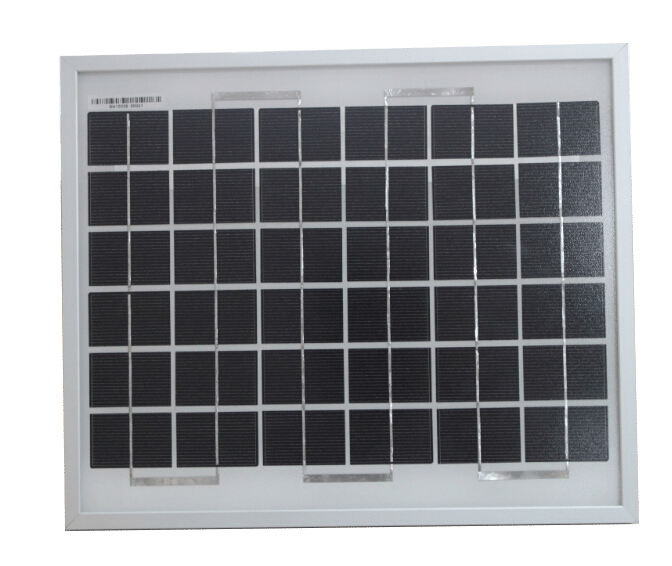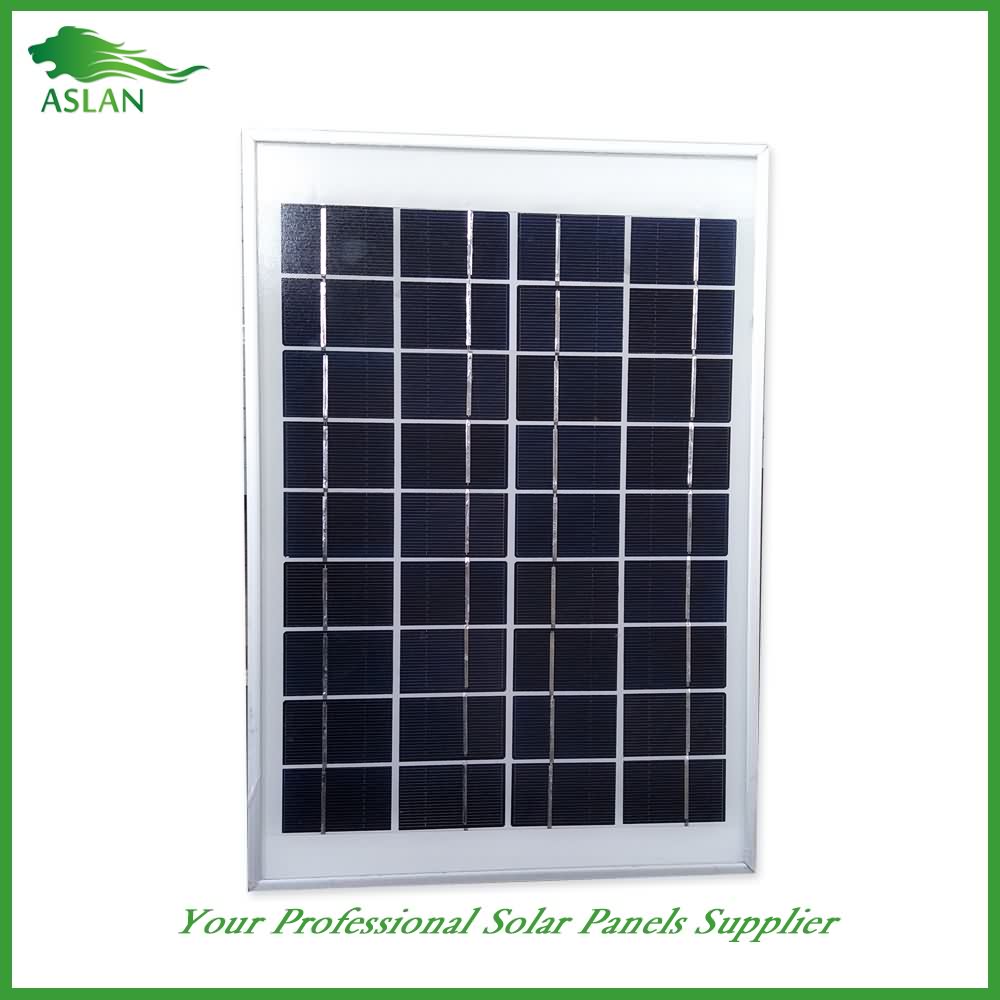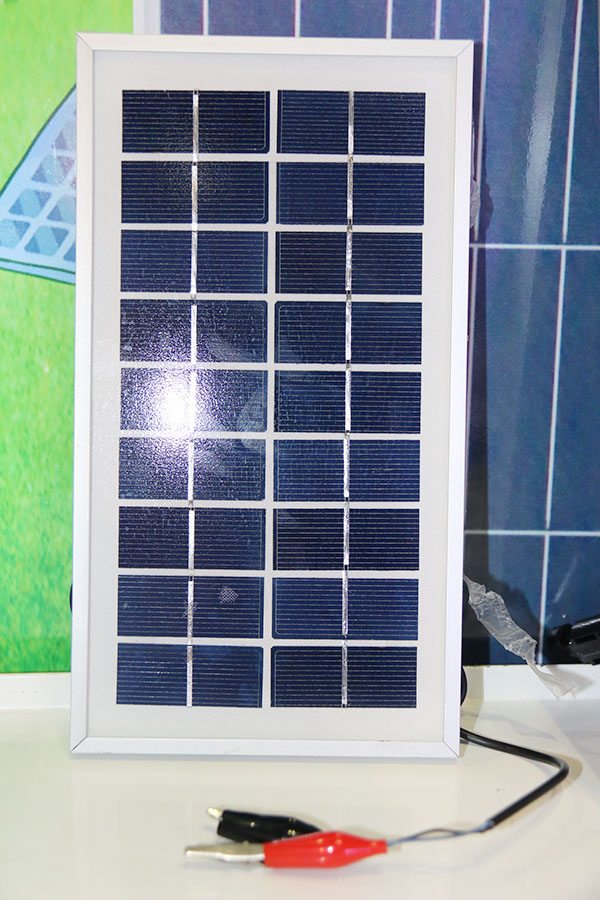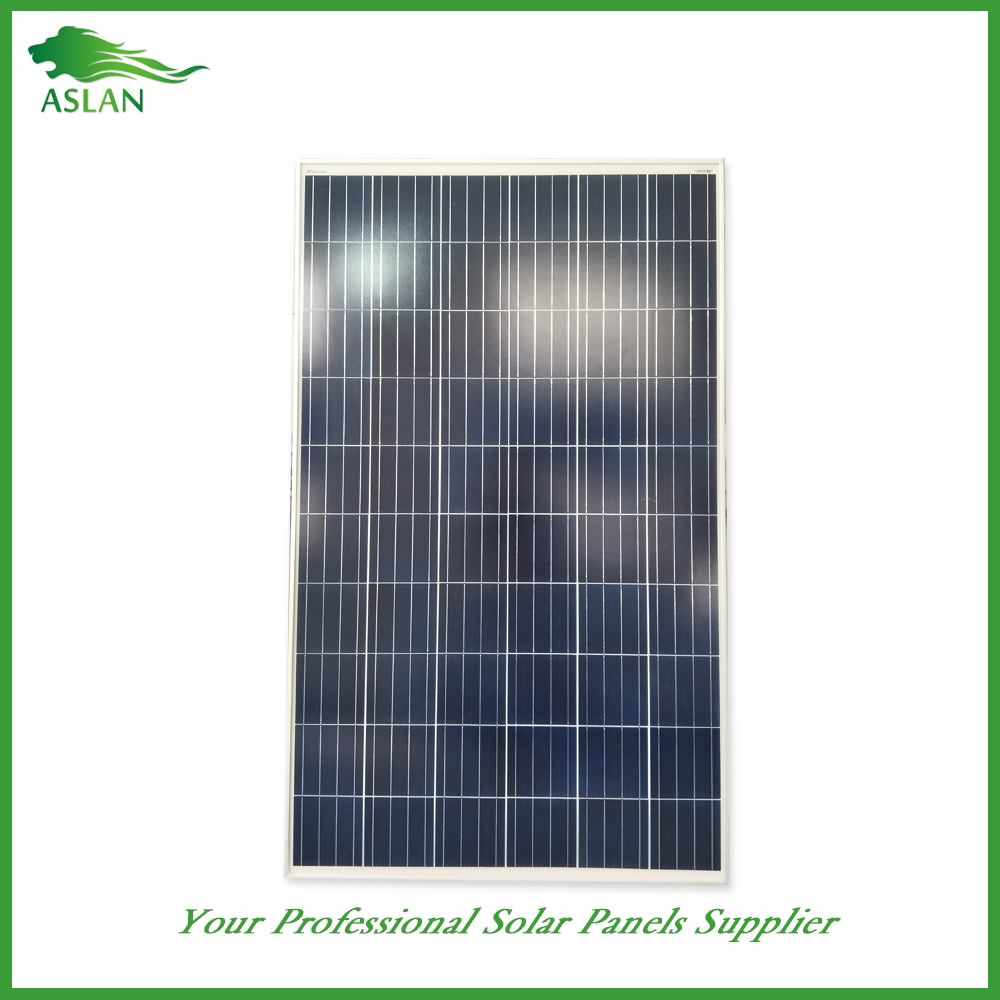One of Hottest for Poly-crystalline Solar Panel 90W Supply to Afghanistan
Short Description:
We rely upon strategic thinking, constant modernisation in all segments, technological advances and of course upon our employees that directly participate in our success for One of Hottest for Poly-crystalline Solar Panel 90W Supply to Afghanistan, Welcome to set up long-term relationship with us. Best Price For Good Quality in China.
Poly-crystalline Solar Panel 90W
Technical parameter
Maximum Power(W) 90W
Optimum Power Voltage(Vmp) 18.33V
Optimum Operating Current(Imp) 4.91A
Open Circuit Voltage(Voc) 21.96V
Short Circuit Current(Isc) 4.89A
Mechanical Characteristics
Cell Type Poly-crystalline 156x104mm (6 inch)
No of Cell 36 (4x9pcs)
Dimensions 1008x678x35mm
Weight 8.0KGS
Front Glass 3.2mm,High Transmission, Low Iron,Tempered Glass
Junction box IP65 Rated
Output Cable TUV 1×4.0mm2/UL12AWG,Length:900mm
Temperature and Coefficients
Operating Temperature(°C): -40°C ~ + 85°C
Maximum System Voltage: 600V(UL)/1000V(IEC) DC
Maximum Rated Current Series: 15A
Temperature Coefficients of Pmax: -0.435%
Temperature Coefficients of Voc: -0.35%
Temperature Coefficients of Isc: 0.043%
Nominal Operationg Cell Temperature (NOCT): 47+/-2°C
Materials of solar panel
1).Solar Cell——Poly-crystalline solar cell 156*104mm
2).Front Glass——-3.2mm, high transmission, low iron, tempered glass
3).EVA——-excellent anti-aging EVA
4).TPT——-TPT hot seal made of flame resistance
5).Frame——anodized aluminum profile
6).Junction Box——-IP65 rated, high quality, with diode protection
Superiority: high quality anodized aluminum frame, high efficiency long life, easy installation, strong wind resistance, strong hail resistance.
Features
1. High cell efficiency with quality silicon materials for long term output stability
2. Strictly quality control ensure the stability and reliability, totally 23 QC procedures
3. High transmittance low iron tempered glass with enhanced stiffness and impact resistance
4. Both Poly-crystalline and Mono-crystalline
5. Excellent performance in harsh weather
6. Outstanding electrical performance under high temperature and low irradiance
Quality assurance testing
Thermal cycling test
Thermal shock test
Thermal/Freezing and high humidity cycling test
Electrical isolation test
Hail impact test
Mechanical, wind and twist loading test
Salt mist test
Light and water-exposure test
Moist carbon dioxide/sulphur dioxide
This is the story of a rogue star that passed through our solar system as recent as 70,000 years ago.
**REMEMBER TO SUBSCRIBE FOR MUCH MORE TO COME**
FʘLLʘW THE VENDOR 101
Subscribe – https://www.youtube.com/c/TheVendor101
Google+ – https://plus.google.com/+TheVendor101
Twitter – https://twitter.com/thevendor101
If you enjoyed this video, then let me know and i will start making current science news videos as well.
70,000 thousand years ago, an alien passed though our solar system. But not a little green man in a flying saucer, a big ball of burning gas. Astronomers have discovered that a real shooting star, came five times closer than our current nearest neighbor Proxima Centauri.No other star is known to have approached this close to us. The object, a red dwarf nicknamed Scholz’s star, cruised through the outer region of the solar system known as the Oort Cloud. The essentially failed star, wasn’t alone either, it was accompanied on its travels by an object known as a brown dwarf making it a binary star system. Astronomers discovered that the dim stars passed a very close 0.8 light years from the Sun, in comparison, our closest neighboring star Proxima Centauri is 4.2 light years away. Researchers observing the stars found that by recording the change in distance from the Sun to the stars and the star’s motion across the sky they could determine the trajectory of the ancient objects. By tracing its movements back in time, they found its close shave with the Sun occurred as recent as 70,000 years ago. The binary star system has a low mass and it was speeding by our solar system at the time which means that the effects caused on the Oort Cloud were very small. Currently Scholz star lies around 20 light years away in the constellation of Monoceros, so at least we haven’t got to worry about that happening again. Or maybe we have… Dr Mamajek of the University of Rochester estimates that a rogue star probably passes through the Oort Cloud every 100,000 years, or so. But he also suggests that an approach as close as the Scholz’s star is somewhat rarer, and is only estimated to occur once every nine million years. Until now, the top candidate for the closest predicted flyby of a star to the Sun was HIP 85605, which is predicted to come close to our Solar System in 240,000 to 470,000 years from now. So the Scholzs star really was to close for comfort and it may of even been visible to the naked eye all those years ago. So Let’s just hope that another one of these infiltrating stars, doesn’t head our way any time soon.
So theirs a story about a rogue star that if it had been around 1 light year closer, you wouldn’t be here and watching this video, so to celebrate hit the like button and if you haven’t already subscribe for much more to come.
A simple guide to controlling 12 volt LED strips from your Arduino using an N Channel Mosfet.
In my example I’m using PWM to fade the 12v LED strip, but you could just as easily turn the LED strip on and off instead of fading it. Also it doesn’t have to be an LED strip and it doesn’t have to be 12v!
If you’re going to drive a motor or a relay (or any inductive load) using this setup, you should add a diode across the positive and negative input of the motor/relay to avoid any back voltage.
I’ve over simplified things in terms of my description and the circuit, but it should be enough to get you up and running and to give you a basic understanding of how an N-Channel Mosfet works.
Pretty much any N Channel Mosfet will be fine, but ideally you want to go for an L series, because the gate can be reliably driven at lower voltages, such as the 5 volt from the Arduino.
If you’re curious, a MOSFET is a metal–oxide–semiconductor field-effect transistor. The benefit of a MOSFET over the traditional relay is that it can turn on and off extremely quickly, meaning it’s suitable for PWM, compared to the old coil relay which can’t turn on and off so quickly. Of course a modern solid state relay can compare against a mosfet or transistor.
SUPPORT ME: If you enjoyed this video, please remember to give a LIKE and click here to subscribe to my channel – http://www.youtube.com/subscription_center?add_user=philstuffs
